Conquer portable strobes and hot shoe flash to learn flash photography and create extraordinary portraits!
Whether you use small, portable strobes or hot shoe flash, flash photography has always been daunting for most photographers. Without a system and workflow for thinking about and working with flash, you can easily end...
Read More
Conquer portable strobes and hot shoe flash to learn flash photography and create extraordinary portraits!
Whether you use small, portable strobes or hot shoe flash, flash photography has always been daunting for most photographers. Without a system and workflow for thinking about and working with flash, you can easily end up feeling stuck, or you end up flailing—randomly changing settings, positions, and modifiers—and hoping for the best. As a result, this often leads to failure and frustration.
Enter bestselling author Roberto Valenzuela and the Picture Perfect Flash System, which he created to empower you to finally conquer your flash and create photographs that fulfill your intention and vision. There are two key components to this system, which Roberto calls FACES and NAME.
The “FACES” Component
The FACES component provides a framework for thinking about how you want or need to use flash in a particular scene:
• Fix the Light: Do you need to fix a low light problem, an unwanted color cast, or a situation with poor quality of light?
• Add Light: Do you need to add more light to boost or enhance the available light or create separation?
• Create a Mood: Are you using light to create a desired mood for a location or subject?
• Effects with Flash: Are you using flash for creative visual effect?
• Sculpt the Light: Do you need to sculpt the light to add drama, shape, and contouring?
The “NAME” Component
Once you’ve found your purpose for the light, the NAME component provides an essential workflow for carrying out your flash photography in a methodical way so that you get consistent and predictable results:
• Number of Flashes: How many flashes do you need?
• Angle of Flashes: Where do the flashes need to be positioned?
• Modifiers for Flashes: How do you need to modify your flashes?
• Energy of Flashes: What power do the flashes need to be?
The Picture Perfect Flash System is covered in Part One: The Flash Advantage, which is the core framework of the book.
Then, in Part Two: Flash Basics Explained, Roberto covers the flash features you need to know: TTL, Manual, 1st and 2nd Curtain Sync, High Speed Sync, and Channels and Groups.
Finally, in Part Three: Dynamic Flash Exercises, Roberto gives you a dozen lighting exercises that will substantially hone and advance your skills.
In short, with Picture Perfect Flash by your side, you’ll finally be able to learn flash photography…and make the kind of portraits you’ve always wanted to create.
TABLE OF CONTENTS
Foreword by Miss Universe, R’Bonney Nola Gabriel
Introduction
PART ONE: The Flash Advantage
Chapter 1: The Picture Perfect Flash System
Chapter 2: Fix the Light
Chapter 3: Add Light
Chapter 4: Create a Mood
Chapter 5: Effects with Flash
Chapter 6: Sculpt the Light
Chapter 7: NAME: Your Game Plan
PART TWO: Flash Basics Explained
Chapter 8: TTL: Let the Flash Decide
Chapter 9: Manual Mode
Chapter 10: 1st Curtain Sync, 2nd Curtain Sync, and High Speed Sync
Chapter 11: Channels and Groups
PART THREE: Dynamic Flash Exercises
Chapter 12: Lighting Exercises
Read Less

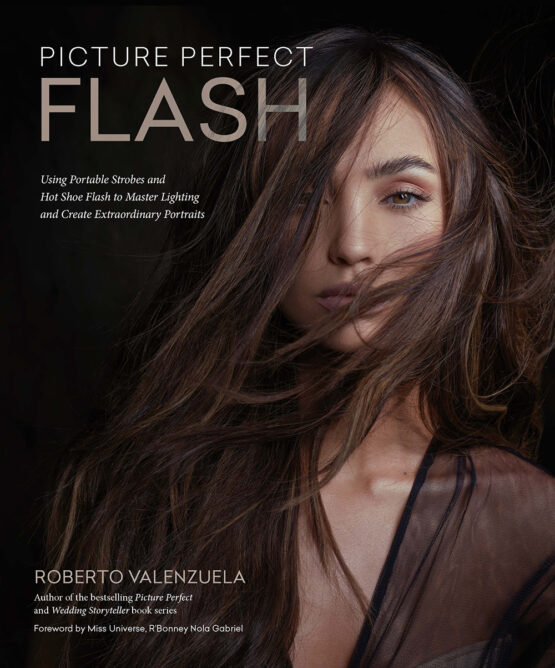
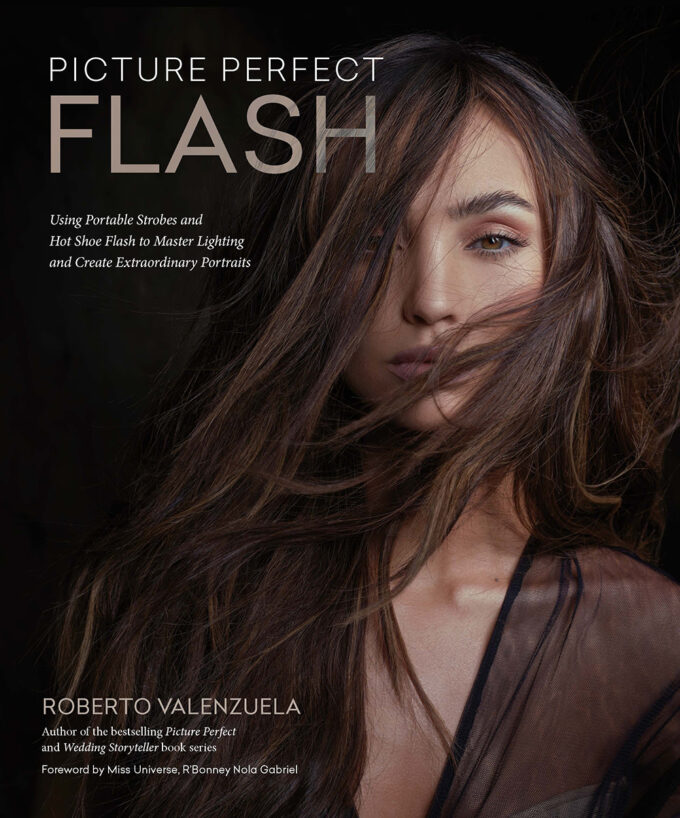
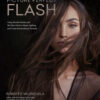
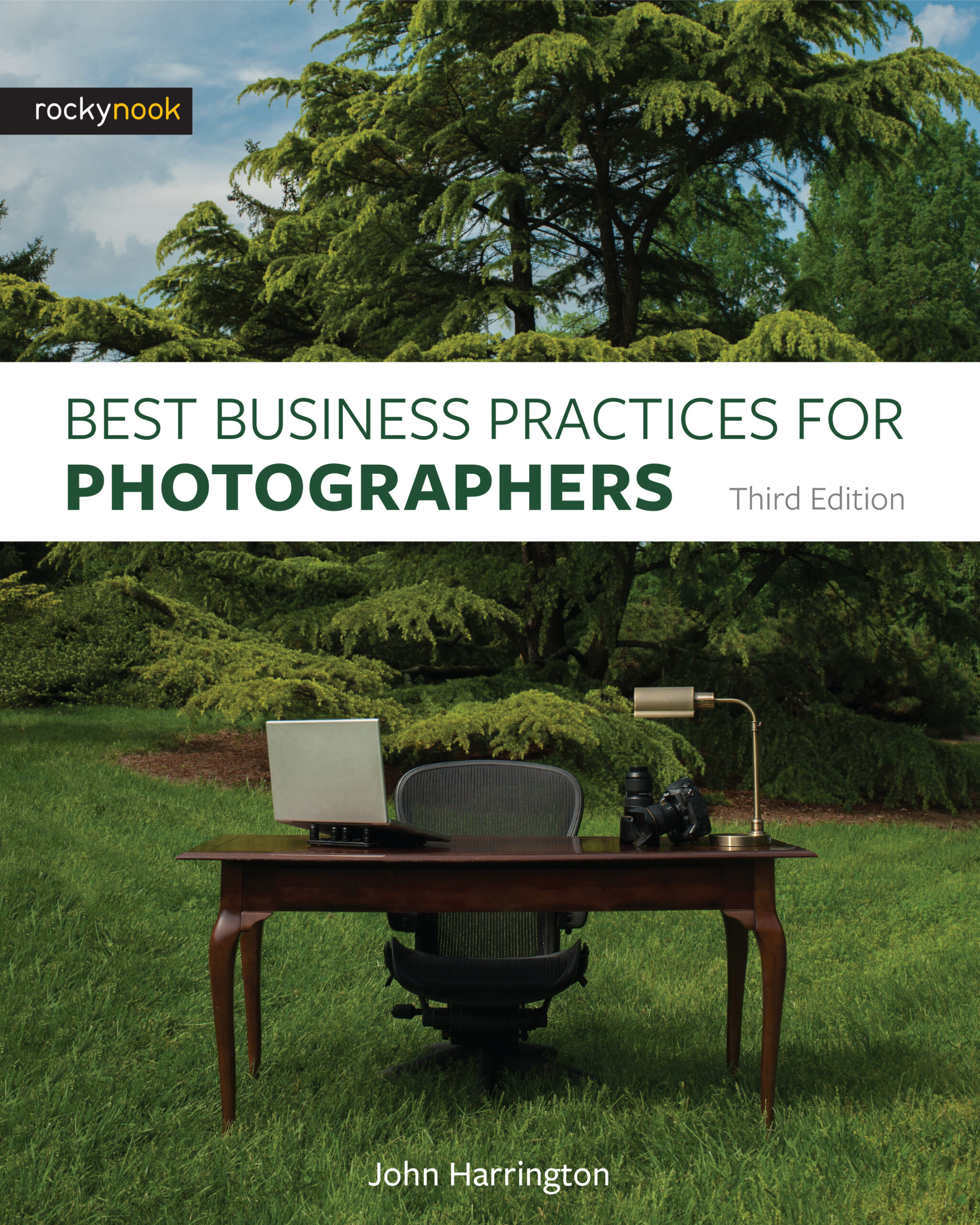

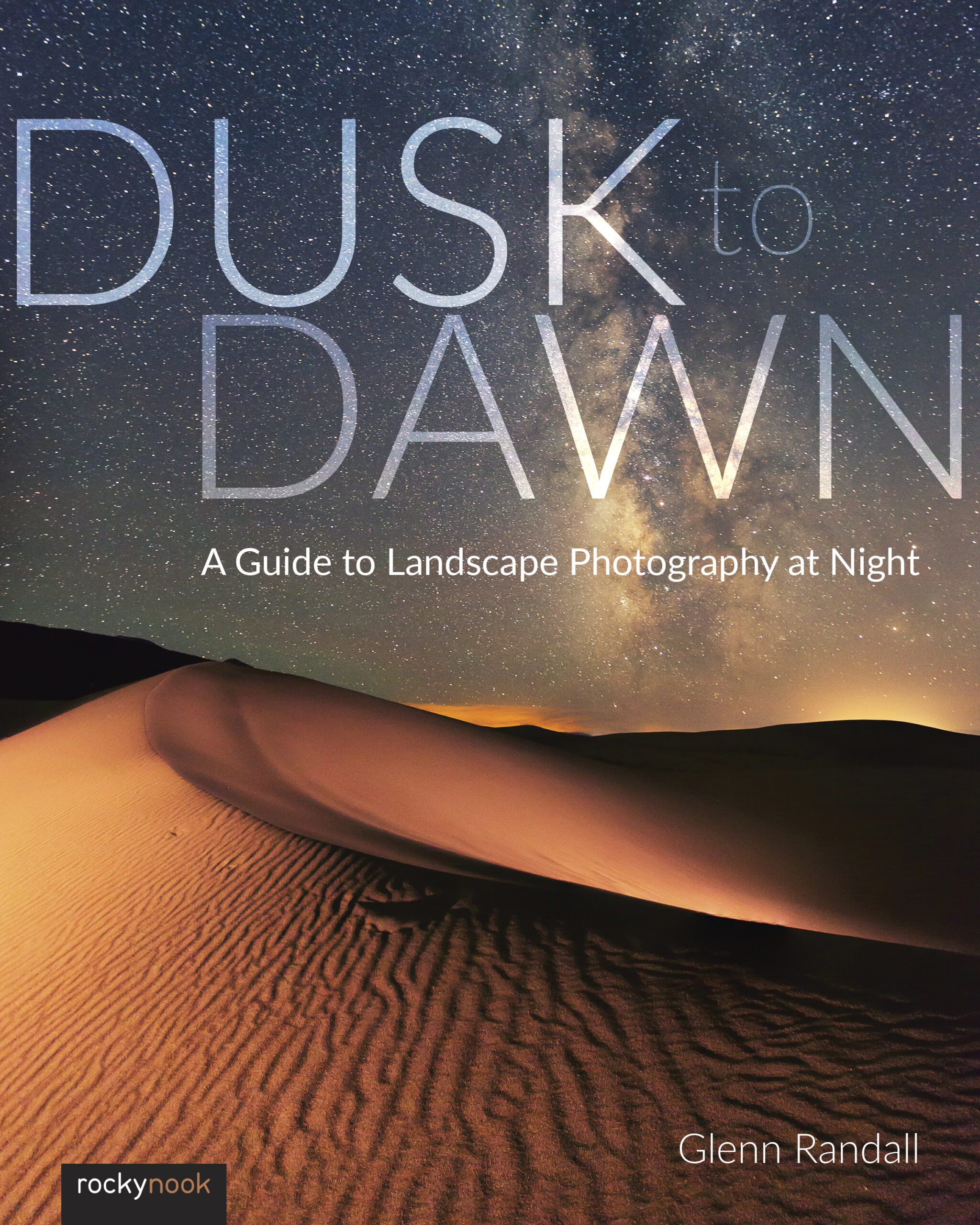

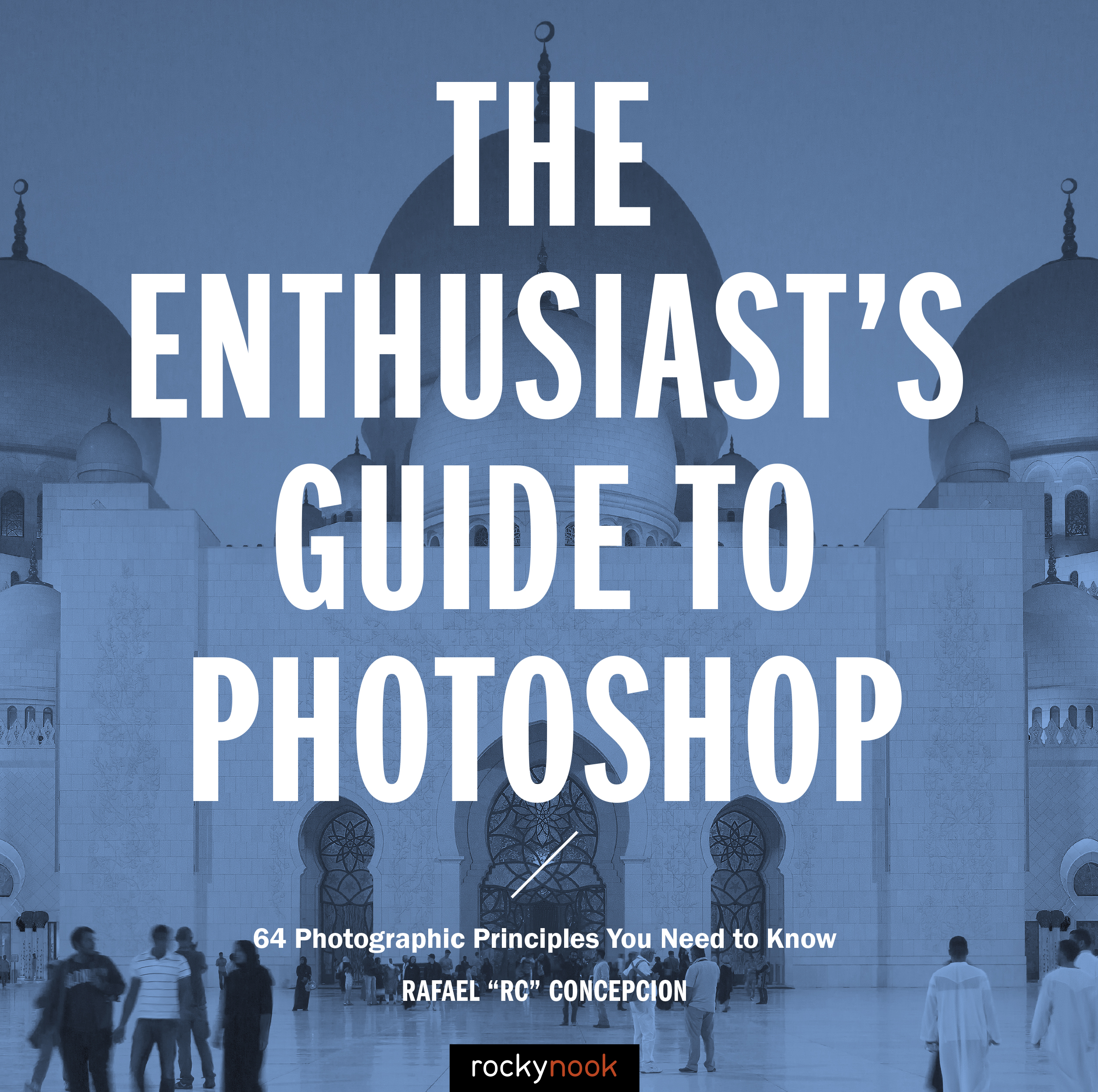

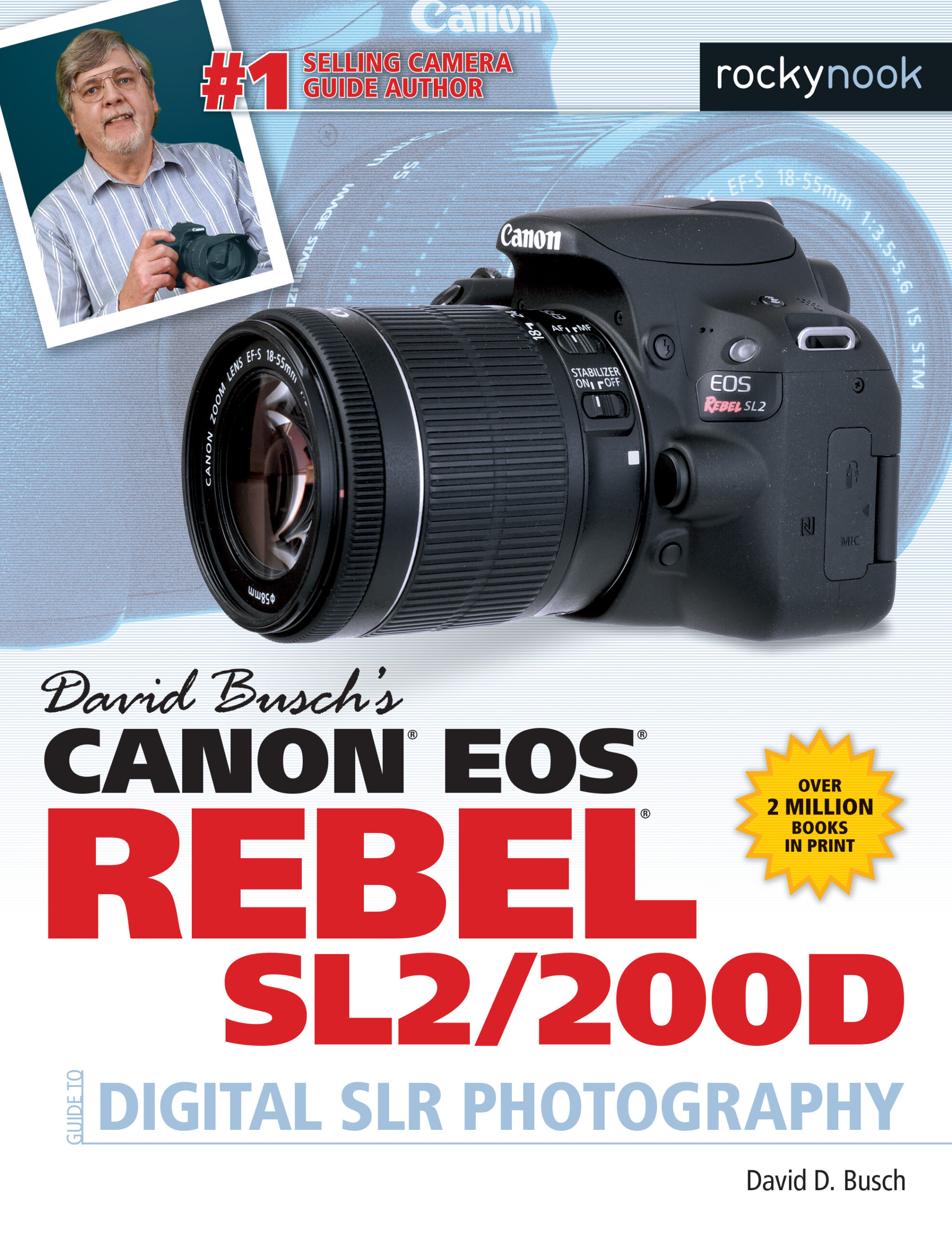
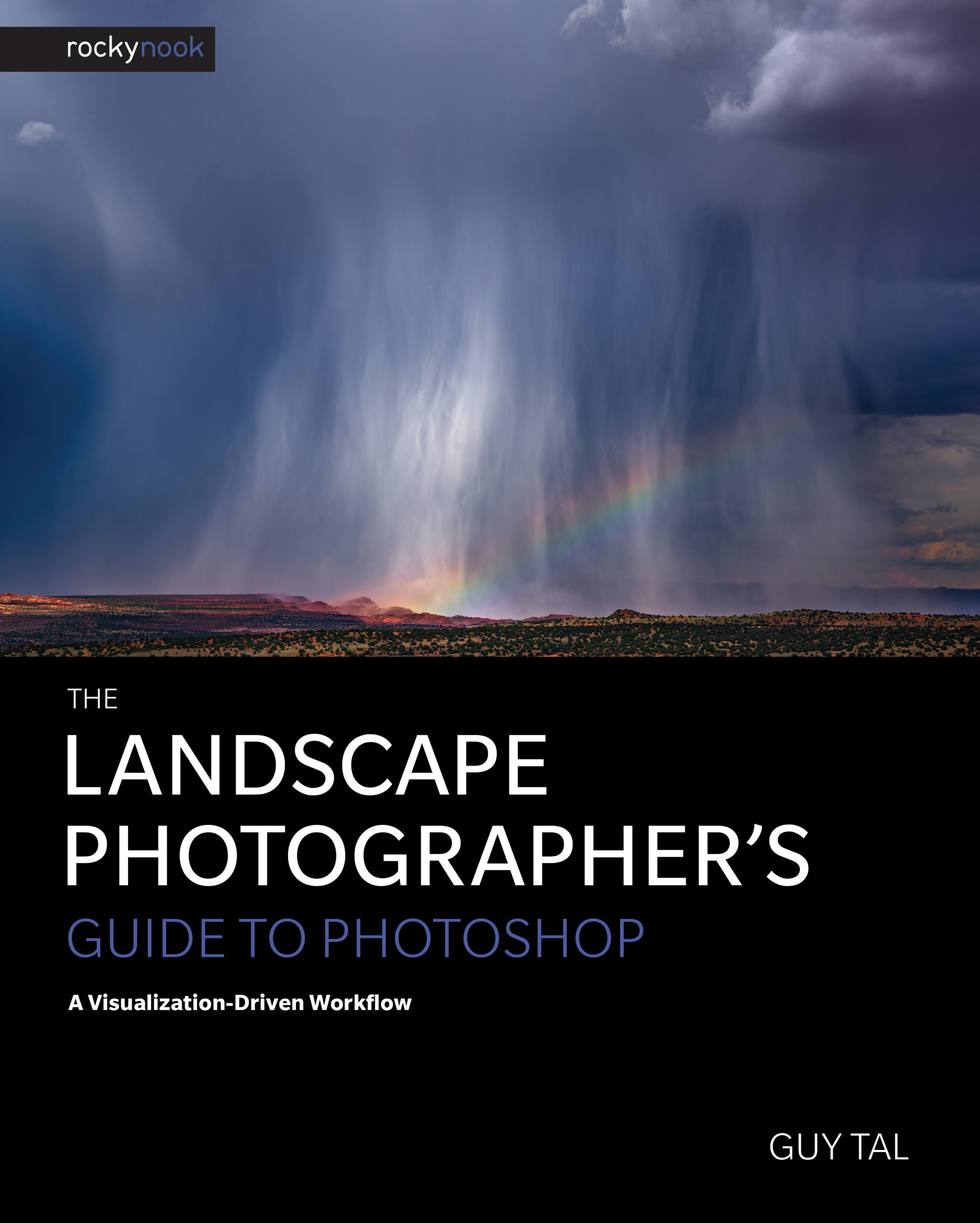
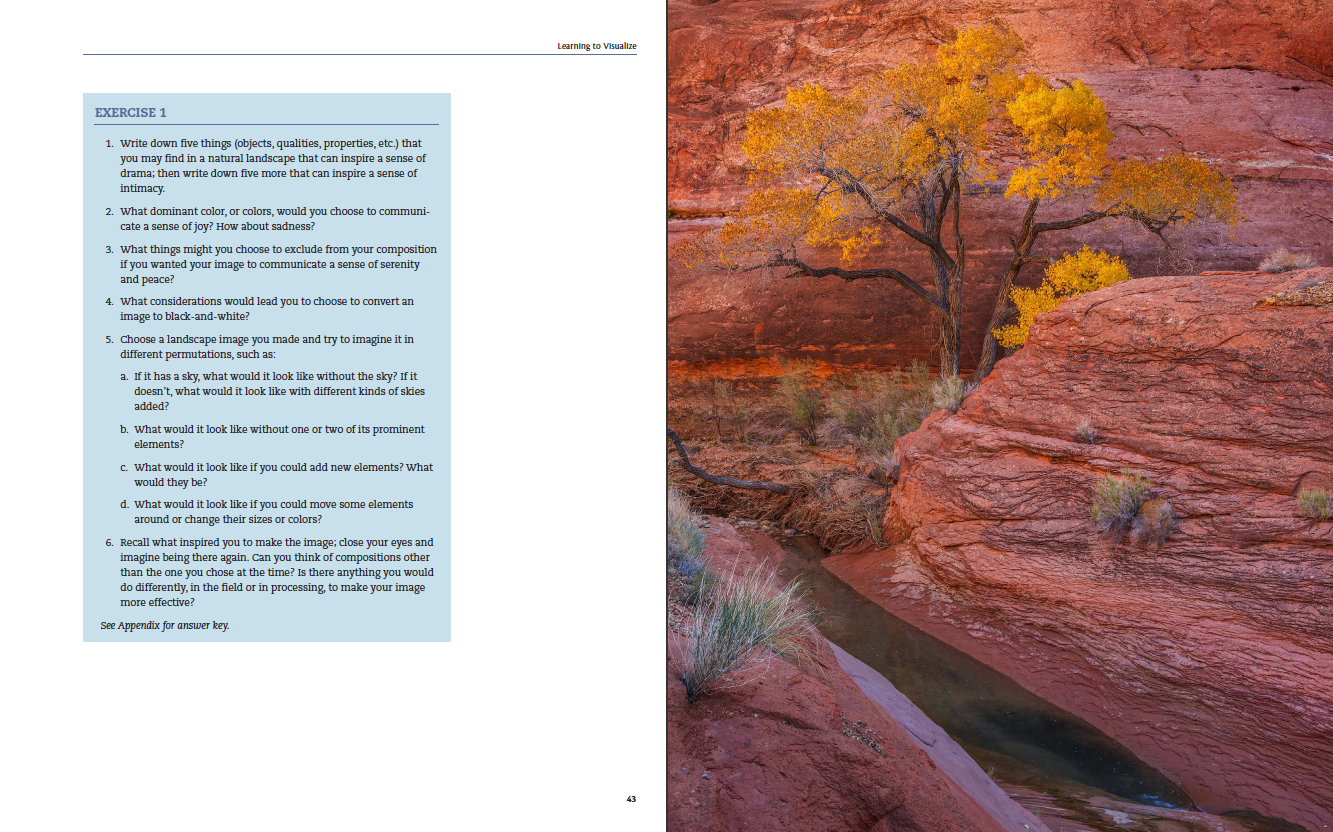
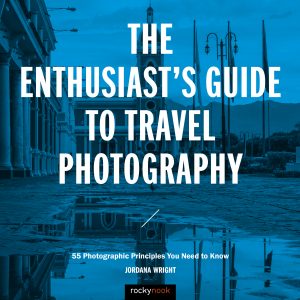
Gloria
I love that Valenzuela opens the book talking about the challenges of writing about flash: that we amateur photographers understandably believe flash is too difficult, too complex for us. And he says no, it’s not, and he will tell us why in this book. Absolutely motivated me to read on. I have always thought flash complicated photography a little too much for my taste. :-). The author has changed my mind about that, because his explanations are easy to follow and because the effects he gets, demonstrated by his photographs, are impressive. I want to try it myself.
The author reminds us, that, with proper use of flash, we can set a mood in our photograph, we can fix low light, we can even add special effects. In other words, we miss so much by not understanding how better to use flash. The author illustrates how to fix light with flash by showing us a photograph of his children, sitting in the light from a window. Their faces would usually fall half into shadow, but the flash can fix that. I love having reminders like this. And his description makes it easy replicate what he’s doing with your own flash unit.
And who does not love reading about a solution to “splotchy light“! I love authors, with a sense of fun. And his suggestion to find a pocket of light when the light is otherwise splotchy with shadows is a good one. I hope to use it soon when photographing family. Seems like shadows abound, and now I can practice fixing that!
His examples, via photographs, of the effects of freezing motion with flash compel you to try it yourself. Very striking effect, and he lays out in understandable detail how to achieve such effects. And, for an opposite kind of effect, the author explains dragging the shutter to get motion blur.
He reminds us, that we can use high key light and low-key light, as well as colored gels in order to create moods with our photography. All of his tips are illustrated by his own images and filled with detail enough, that again, I have confidence I can do what he has done. I love that about this book.
In the second half of the book the author pauses to explain the basics of flash to us: what is TTL? What about curtain synchs? These things we read about and don’t quite understand he makes clear for us.
The last section of the book is excellent as well. It takes what he has taught us earlier in the book and puts it to use in several flash exercises for us to execute. He lays out a dozen flash exercises for us including using colored gel, bounced light, diffusing, harsh light, and feathering light, just to name a few. I look forward to trying these exercises using the techniques he lays out so clearly in this very useful manual. Nice to have homework!
I have read other works on using flash but not one as wide-ranging as this one, nor as easy to comprehend and to follow. I look forward to using flash now because having this book at hand makes me more confident that I can do it to good effect. I will be referring to this flash manual often, that I know.
ljohnston52
This book is for photographers who have basic photographic skills but wish to raise their skill level by getting over the hurdle of learning and using flash equipment (strobes and speedlights) to enhance their images.
The book’s author, Roberto Valenzuela, is a proven and passionate photographer and photography educator. His style, which is evident in the book, is one of coaching and mentoring, with a strong emphasis on practice and hands-on experimentation.
The book describes Valenzuela’s overall systematic approach to flash photography through a three step process he calls the Picture Perfect Flash System. The three steps, which he titles Scenario, FACES, and NAME, walks the reader through the process of evaluating the environment of the photo shoot (Scenario), determining how to achieve your vision through lighting (Fix, Add, Create, Effects, Sculpt), and then how to set up the required lighting configuration (Number, Angle, Modifiers, Energy). The book also addresses the need for evaluation and adjustment of the lighting.
The book provides significant insight into how to use existing light but adding flash as a means of improving the image or fixing difficult environmental lighting situations. The book also describes the use of flash as a creative tool to produce unique and compelling images that stand out. The abundant use of example images throughout the book makes the written concepts easy to absorb and understand.
Of interest was Valenzuela’s sequence of presenting the material of the book. He chooses to first discuss and describe the process of creating a vision for the final image. Only after the section on vision does the author dive into the detailed information on flash equipment, terminology and techniques.
The book, about much more than just flash photography techniques, also describes the principles of light. These principles can be technical, but the author explains the concepts in simple, understandable terms with straightforward illustrations and real-world examples.
Throughout the book the author stresses the mantra of practice, practice, practice as the means of learning and improving your craft. The final section of the book highlights this emphasis on practice and experimentation by providing twelve practice exercises which have specific goals that will demonstrate the broad range of lighting techniques and concepts described in the book.
jefforns
This book is an encyclopedia of FLASH information; whether you are a beginner, experienced or a professional photographer. This is an important reference, as all of Mr. Valenzuela’s books are. At some points in the beginning of the book the technical information gets a little complicated. However, if you stay with the author explains a lot of information and how to accurately use the flash.
After reading all the technical, operational and the explanation parts of the book the author challenges the reader(s) with twelve exercises. After reading the book, these exercises are a must, as they demonstrate and explain all the technical information with actual use of the info. The exercise that helped me the most was the ‘Complementary Colors Using Gel’.
This book is one of the most thorough on the topic of Flash.